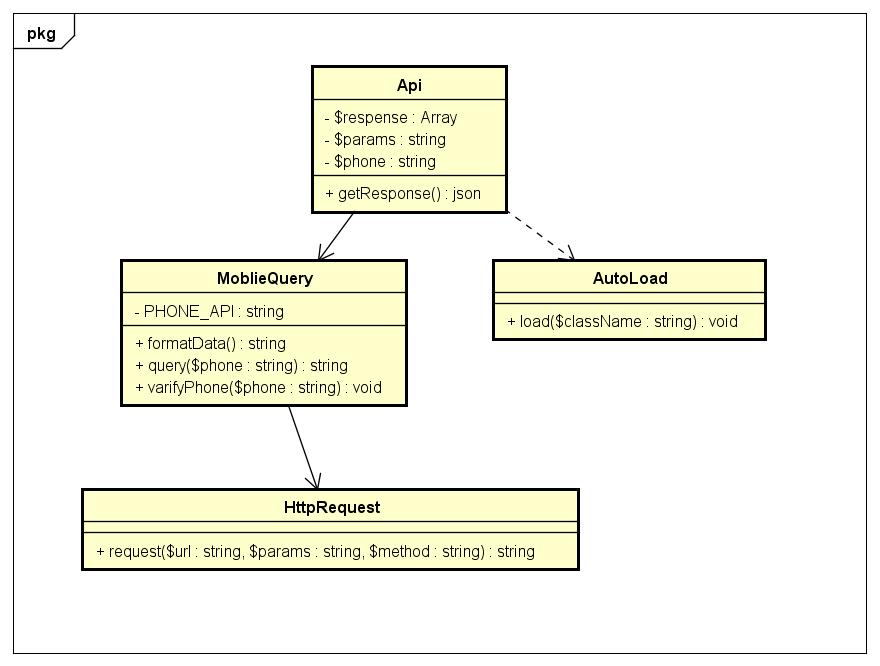使用PHP反射机制来构造"CREATE TABLE"的sql语句
反射是指在PHP运行状态中,扩展分析PHP程序,导出或提取出关于类、方法、属性、参数等的详细信息,包括注释。这种动态获取的信息以及动态调用对象的方法的功能称为反射API。反射是操纵面向对象范型中元模型的API,其功能十分强大,可帮助我们构建复杂,可扩展的应用。
其用途如:自动加载插件,自动生成文档,甚至可用来扩充PHP语言。
php反射api由若干类组成,可帮助我们用来访问程序的元数据或者同相关的注释交互。借助反射我们可以获取诸如类实现了那些方法,创建一个类的实例(不同于用new创建),调用一个方法(也不同于常规调用),传递参数,动态调用类的静态方法。
反射api是php内建的oop技术扩展,包括一些类,异常和接口,综合使用他们可用来帮助我们分析其它类,接口,方法,属性,方法和扩展。这些oop扩展被称为反射。
下面的程序使用Reflection来构造"CREATE TABLE"的sql语句。如果你不是很熟悉反射机制,可以从这个程序中看看反射的魅力与作用。
<?php
/**
* Creates an SQL 'Create Table' based upon an entity
* @author Chris Tankersley <chris@ctankersley.com>
* @copyright 2010 Chris Tankersley
* @package PhpORM_Cli
*/
class PhpORM_Cli_GenerateSql
{
/**
* Use a MySQL database
*/
const MYSQL = 'mysql';
/**
* Use a SQLite database
*/
const SQLITE = 'sqlite';
/**
* Types that are allowed to have a length
* @var array
*/
protected $_hasLength = array('integer', 'varchar');
/**
* Regexes needed to pull out the different comments
* @var array
*/
protected $_regexes = array(
'type' => '/ type=([a-z_]*) /',
'length' => '/ length=([0-9]*) /',
'default' => '/ default="(.*)" /',
'null' => '/ null /',
);
/**
* Types that we support
* @var array
*/
protected $_validTypes = array(
'boolean' => 'BOOL',
'date' => 'DATE',
'integer' => 'INT',
'primary_autoincrement' => 'INT AUTO_INCREMENT PRIMARY KEY',
'text' => 'TEXT',
'timestamp' => 'TIMESTAMP',
'varchar' => 'VARCHAR',
);
/**
* Name of the class we will interperet
* @var string
*/
protected $_className;
/**
* Name of the table we are generating
* @var string
*/
protected $_tableName;
/**
* The type of database we are generating
* @var string
*/
protected $_type;
/**
* Sets the name of the class we are working with
* @param string $class
* @param string $table_name
* @param string $type
*/
public function __construct($class, $table_name, $type = self::MYSQL)
{
$this->_className = $class;
$this->_tableName = $table_name;
$this->_type = $type;
}
/**
* Builds an SQL Line for a property
* @param ReflectionProperty $property
* @return string
*/
protected function _getDefinition($property)
{
$type = '';
$length = '';
$null = '';
preg_match($this->_regexes['type'], $property->getDocComment(), $matches);
if(count($matches) == 2) {
if(array_key_exists($matches[1], $this->_validTypes)) {
$type = $this->_validTypes[$matches[1]];
if(in_array($matches[1], $this->_hasLength)) {
$length = $this->_getLength($property);
}
if($matches[1] != 'primary_autoincrement') {
$null = $this->_getNull($property);
}
$sql = '`'.$property->getName().'` '.$type.' '.$length.' '.$null;
return $sql;
} else {
throw new Exception('Type "'.$matches[1].'" is not a supported SQL type');
}
} else {
throw new Exception('Found '.count($matches).' when checking Type for property '.$property->getName());
}
}
/**
* Extracts the Length from a property
* @param ReflectionProperty $property
* @return string
*/
protected function _getLength($property)
{
preg_match($this->_regexes['length'], $property->getDocComment(), $matches);
if(count($matches) == 2) {
return '('.$matches[1].')';
} else {
return '';
}
}
/**
* Determines if a Property is allowed to be null
* @param ReflectionProperty $property
* @return string
*/
protected function _getNull($property)
{
preg_match($this->_regexes['null'], $property->getDocComment(), $matches);
if(count($matches) == 1) {
return 'NULL';
} else {
return 'NOT NULL';
}
}
/**
* Generates a block of SQL to create a table from an Entity
* @return string
*/
public function getSql()
{
$class = new ReflectionClass($this->_className);
$definitions = array();
foreach($class->getProperties() as $property) {
if(strpos($property->getName(), '_') === false) {
$definitions[] = $this->_getDefinition($property);
}
}
$columns = implode(",n", $definitions);
$sql = "CREATE TABLE ".$this->_tableName." (".$columns.")";
if($this->_type == self::MYSQL) {
$sql .= " ENGINE=MYISAM";
}
return $sql.";";
}
}
总结
以上就是这篇文章的全部内容了,希望本文的内容对大家的学习或者工作具有一定的参考学习价值,谢谢大家对【宜配屋www.yipeiwu.com】的支持。如果你想了解更多相关内容请查看下面相关链接

